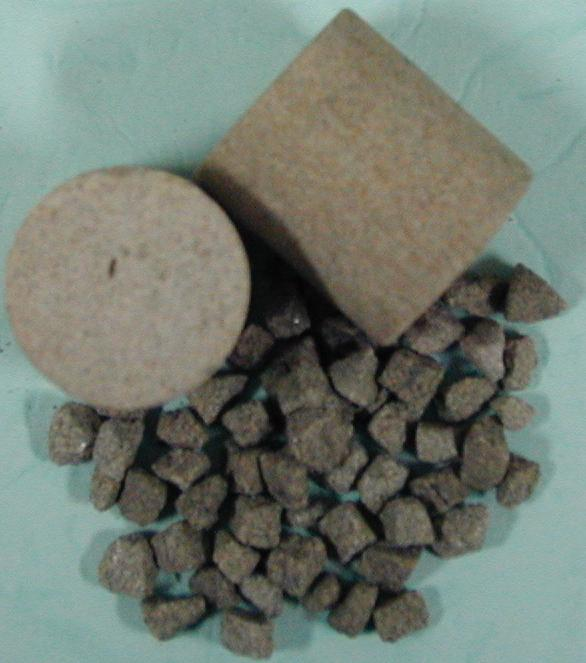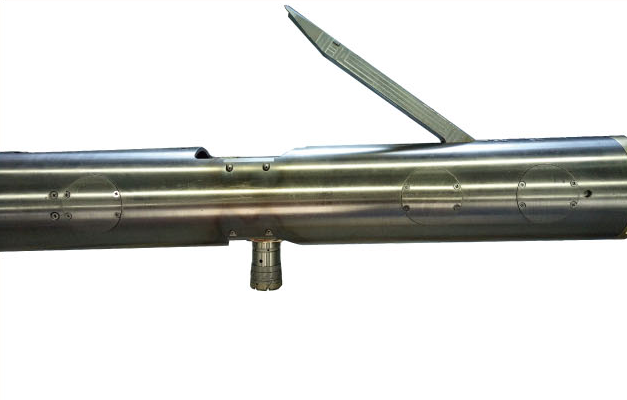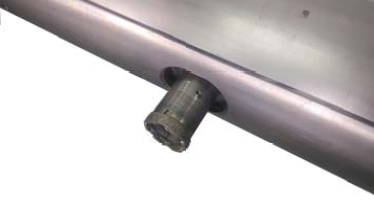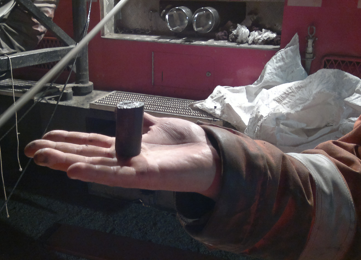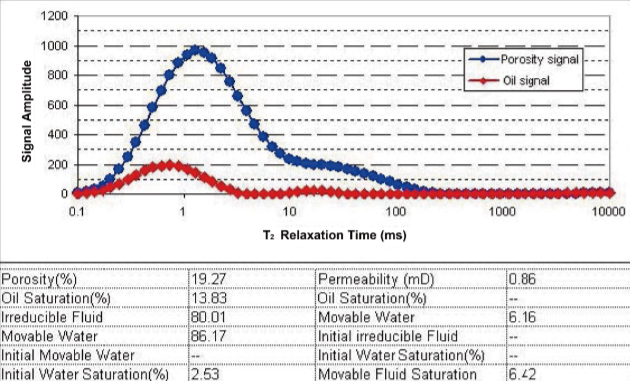|
About CoringAbout Coring Coring is the process of obtaining an actual sample of a rock formation from the borehole. There are two main types of coring: 'drilling coring', in which a sample of rock is obtained using a specialized drill-bit as the borehole is first penetrating the formation and 'sidewall coring', in which multiple samples are obtained from the side of the borehole after it has penetrated through a formation. The main advantage of sidewall coring over drilling coring are that it is cheaper (drilling doesn't have to be stopped and operation time is long) and multiple samples can be easily acquired.
A core taken from the side of the borehole, usually by a wireline tool. Sidewall cores can be taken using percussion or mechanical drilling. Percussion cores are taken by firing hollow bullets into the formation. The bullets are attached to the tool by fasteners, and are retrieved, along with the core inside, by pulling up the tool and the fasteners. Percussion coring tools typically hold 20 to 30 bullets, but two or three tools can be combined on one run in the hole. Mechanical tools use hollow rotary drills to cut and then pull out core samples. Up to 50 samples can be recovered on one run. With full recovery, cores from typical percussion tools are no more than 2 cm in diameter and no more than 3 cm long, while those from mechanical tools are 1 in. [2.5 cm] or 1.5 in. [3.8 cm] in diameter by 1-3/4 in. [4.4 cm] or 2.5 in. [6.3 cm] long. The latter are also known as rotary sidewall cores. And sidewall coring job is available in horizontal wells now.
Percussion & Mechanical Sidewall Coring
Wireline Mechanical Sidewall Coring Tool
Drilling Bit Detail
Sidewall Coring in Horizontal Well Laboratory study of a cylindrical sample of a geologic formation, usually reservoir rock, taken during or after drilling a well. Cores can be full-diameter cores (that is, they are nearly as large in diameter as the drill bit) taken at the time of drilling the zone, or sidewall cores (generally 1 in. [2.5 cm] or 1.5 in. [3.8 cm] in diameter) taken after a hole has been drilled. Economic and efficient oil and gas production is highly dependent on understanding key properties of reservoir rock, such as porosity, permeability, and wettability. Geoscientists have developed a variety of approaches, including log and core analysis techniques, to measure these properties. Core analysis is especially important in shale reservoirs because of the vertical and lateral heterogeneity of the rocks. Core analysis can include evaluation of rock properties and anisotropy; organic matter content, maturity, and type; fluid content; fluid sensitivity; and geomechanical properties. This information can be used to calibrate log and seismic measurements and to help in well and completion design, well placement, and other aspects of reservoir production.
Coring Job
Rock Samples
1 in. Rock Sample Analyzer
1.5 in. Rock Sample Analyzer
NMR Rock Sample Analysis Result
|



